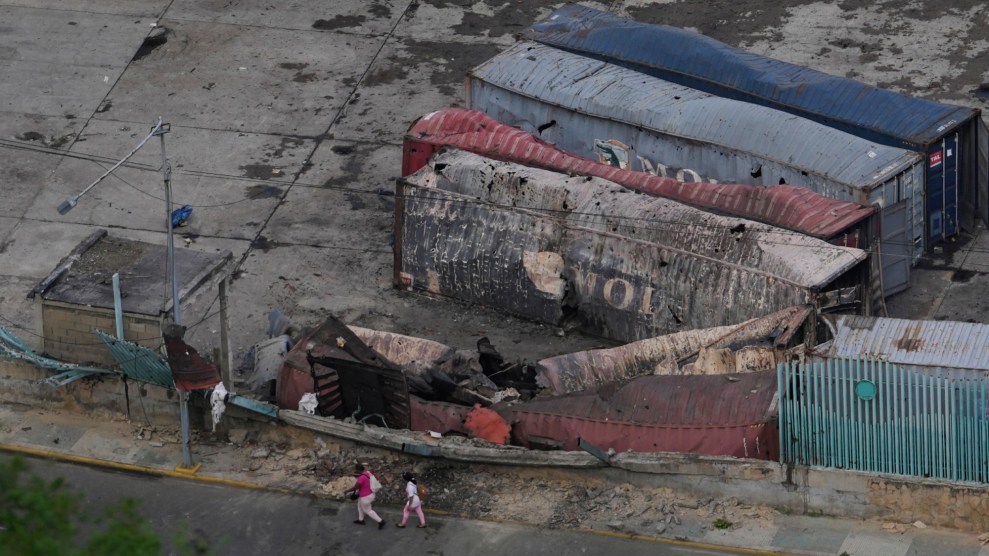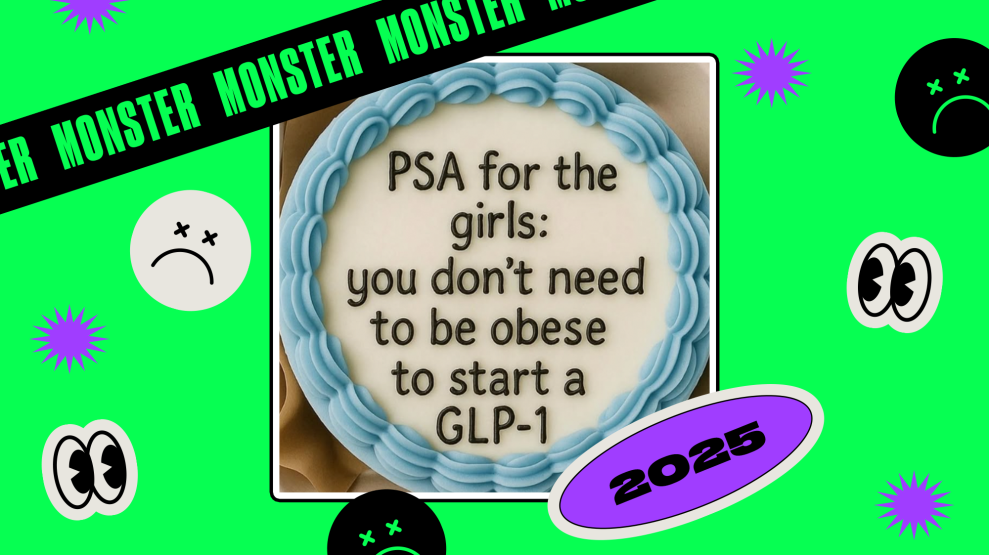1986 Anti-Drug Abuse Act makes mandatory minimum federal sentences for selling or possessing crack 100 times stricter than for cocaine. Total prison population doubles in the following 10 years.
1988 Omnibus Anti-Drug Abuse Act establishes a mandatory 5-year sentence for anyone (girlfriends, roommates) even tangentially linked to the sale or possession of 5 or more grams of crack. Number of drug offenders in federal prisons quadruples in 6 years.
1989 US Attorney General Richard Thornburgh issues a memo requiring federal prosecutors to charge drug offenders to the fullest extent of the law.
1991 The Supreme Court rules against a Michigan man, Allen Harmelin, who contends that his life sentence for possession of 1.4 pounds of cocaine is cruel and unusual punishment.
1994 A year after 12-year-old Polly Klaas is raped and murdered by a paroled felon, California enacts its “3 strikes” law. Henceforth, offenders with 3 felonies, including a homeless man who tried to take food from a church, will receive minimum sentences of 25 years to life.
1994 Federal law mandates life without parole for anyone whose 3rd offense is a federal crime.
1995 24 states now have 3-strikes laws on the books. Drug offenders soon make up 25% of the total prison population, with 10 times as many 3rd-strikers serving time for drug possession as for 2nd-degree murder.
1995 US Sentencing Commission recommends penalizing crack at the same level as cocaine. For the first time ever, Congress overrides a ussc recommendation.
1999 Car-wash operator Euka Wadlington is sentenced to 2 concurrent federal life sentences for dealing, based on the testimony of drug offenders seeking reduced sentences.
1999 Following a stint in the federal pen, former Rep. Dan Rostenkowski says the drug-laws he voted for are unjust. “The whole thing’s a sham.”
2001 California requires treatment instead of prison for 1st- and 2nd-time nonviolent drug offenders.
2002 In a survey, 74% of district court judges and 83% of circuit court judges say that mandatory drug sentences are too harsh.
2003 protect Act limits judges’ ability to stray from sentencing guidelines. House Republicans form task force to look for “judicial abuse.”
2007 Revised federal guidelines cut sentences for new crack offenders by an average of 15 months.
2008 New federal sentencing guidelines applied retroactively, reducing crack sentences by an average of 27 months for nearly 20,000 prisoners.
















